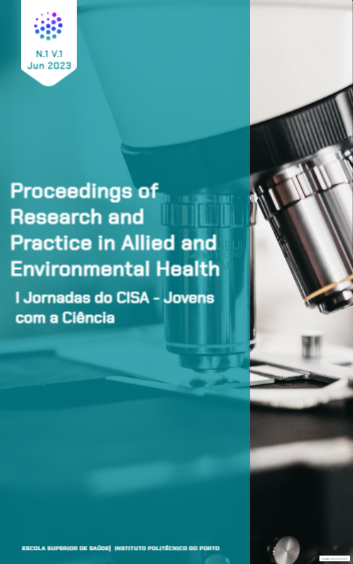Resumo
Background: Papaya is the fruit of Carica papaya L., consumed for its beneficial proprieties, directly or as a fermented fruit supplement [1]. Objective: Compare the total phenolic content (TPC) and the antioxidant activity (Ferric Reducing Antioxidant Power, FRAP) evolution in a variety of papaya fermentation experiments using fruit natural microorganisms (spontaneous fermentation) versus fermentation with Gluconobacter oxydans bioinoculation. Methods: Different papaya fermentations were performed: spontaneous (P1 and P2, during 7 days; P3, P4 and P5, during 9 days) and with bioinoculation (P6 and P7, during 9 days). Then, TPC was determined according to the Folin-Ciocalteu (FC) procedure [2], mixing 250 μL of sample with 2.5 mL of FC reagent, followed by an addition of 2 mL of sodium carbonate solution (7.5 % w/v). This mixture was incubated at 45 °C for 15 minutes, and then kept in the dark at room temperature for 30 minutes. Absorbance was measured at 765 nm. The FRAP method [3] was performed mixing 1.2 μL of freshly FRAP reagent with 40 μL of sample, and then incubating for 15 minutes at 37 °C. Absorbance was read at 593 nm. Results: The lowest TPC was observed on day 7 of P4 (121.20 ± 0.12 μg GAE·mL-1), and the highest content was observed on day 8 of P7 (260.18 ± 0.02 μg GAE·mL-1). TPC decreased from the first to the last day of fermentation in all tests, except for the tests where bioinoculation strategy was used. Those tests also showed a higher FRAP content, although from day 1 to day 7, FRAP also slightly increased in P1, P2, and P3 (spontaneous fermentations). Conclusions: Antioxidant capacity increased as a result of fermentation with G. oxydans, probably due to the increased amount of phenolic compounds observed. The final product may be used as a functional food or cosmetic applications.
Referências
Logozzi M, Di Raimo R, Mizzoni D, Andreotti M, Spada M, Macchia D, Fais S. Beneficial Effects of Fermented Papaya Preparation (FPP®) Supplementation on Redox Balance and Aging in a Mouse Model. Antioxidants. 2020; 9:1-17.
Alves RC, Costa ASG, Jerez M, Casal S, Sineiro J, Núñez MJ. Oliveira, B. Antiradical Activity, Phenolics Profile, and Hydroxymethylfurfural in Espresso Coffee: Influence of Technological Factors. Journal of Agriculture and Food Chemistry. 2010; 58(23):12221-12229.
Benzie IFF, Strain JJ. Ferric reducing/antioxidant power assay: Direct measure of total antioxidant activity of biological fluids and modified version for simultaneous measurement of total antioxidant power and ascorbic acid concentration. Methods in Enzymology. 1999; 299:15-27.

Este trabalho encontra-se publicado com a Licença Internacional Creative Commons Atribuição-NãoComercial-SemDerivações 4.0.
Direitos de Autor (c) 2023 Mariana Leitão, Luísa Barreiros, Fernando Moreira, Pablo García, Patrícia Correia

